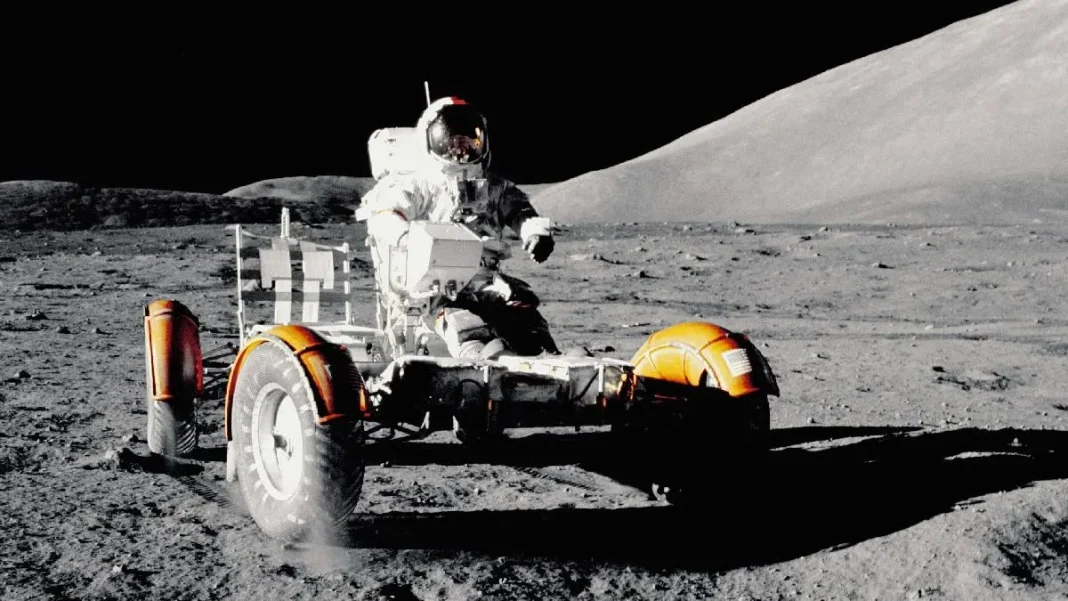China has reaffirmed its goal to land astronauts on the moon by 2030, announcing significant progress in its lunar program while introducing the next crew for its Tiangong space station.
Key Takeaways
- China confirms 2030 target for crewed moon landing
- New three-person crew launching to Tiangong space station
- Progress reported on Long March 10 rocket, moon suits, and exploration vehicle
“Currently, each program of the research and development work for putting a person on the moon is progressing smoothly,” said Zhang Jingbo, spokesperson for the China Manned Space Programme. He highlighted advancements in the Long March 10 rocket, lunar landing suits, and the moon exploration vehicle as key achievements.
“Our fixed goal of China landing a person on the moon by 2030 is firm,” Zhang emphasised during the announcement.
New Tiangong Space Station Crew
As part of its expanding space ambitions, China is preparing to launch three astronauts to the Tiangong space station. The crew will continue research and complete the station’s structure during their six-month mission.
The new crew members are:
- Zhang Lu – Veteran astronaut who previously flew on Shenzhou 15 mission
- Wu Fei – Making first spaceflight
- Zhang Hongzhang – Making first spaceflight
Launch is scheduled for Friday at 11:44 p.m. China time from the Jiuquan launch center.
Scientific Mission Details
The astronauts will transport four mice (two male and two female) to study the effects of weightlessness and confinement on mammals in space.
China developed the Tiangong station, meaning “Heavenly Palace,” after being excluded from the International Space Station due to U.S. national security concerns regarding the Chinese space program’s connections to the People’s Liberation Army.




